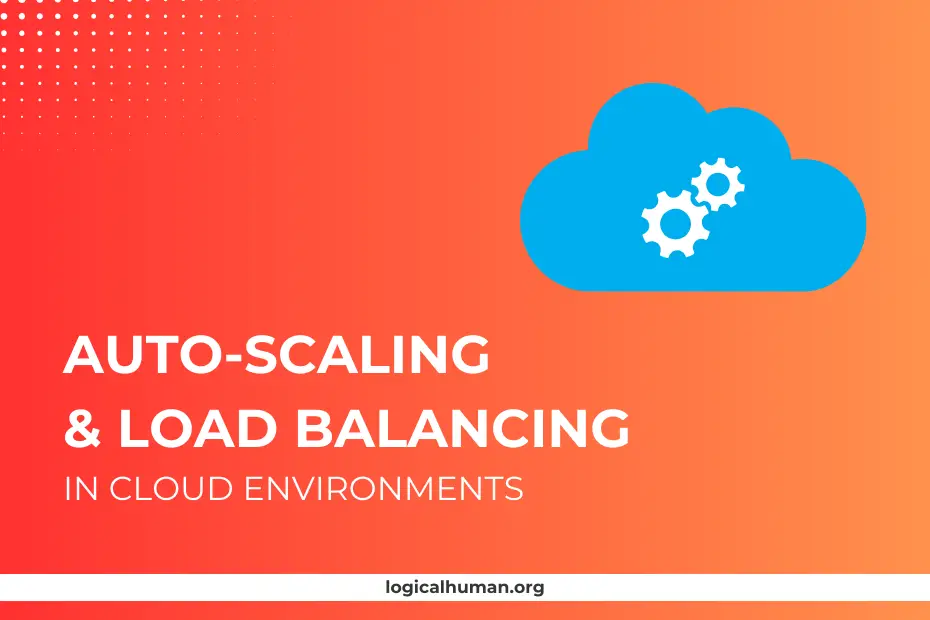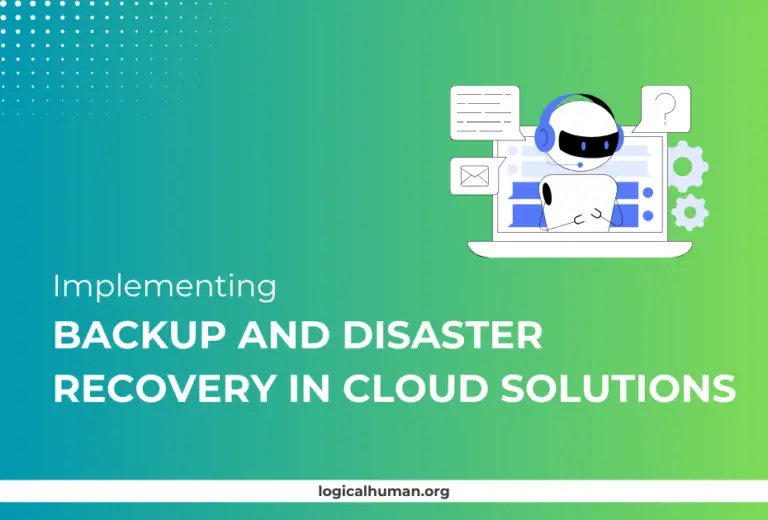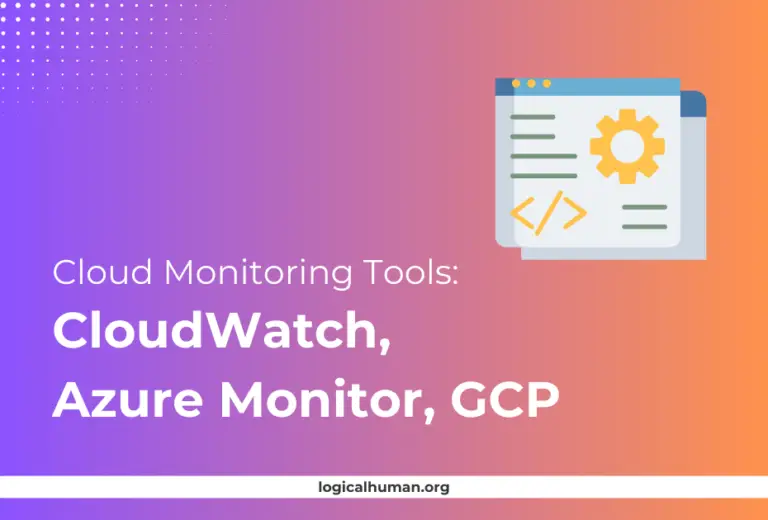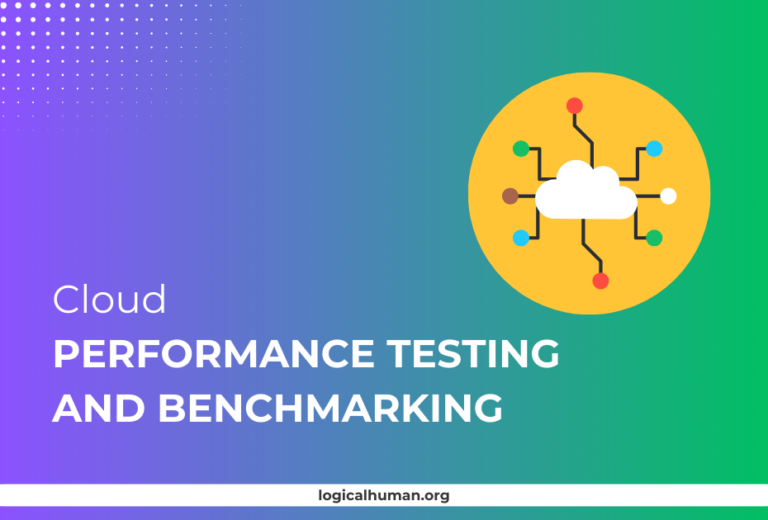In today’s dynamic digital landscape, businesses require their applications to be available, responsive, and efficient at all times. This demand has made cloud computing a staple for modern infrastructure, with key technologies like auto-scaling and load balancing playing a vital role in ensuring seamless performance. But what exactly are these technologies, and why are they so crucial?
What is Auto-scaling?
Auto-scaling is a cloud computing feature that automatically adjusts the number of computing resources in response to the application’s demand. This means your application can scale out (add more resources) during high traffic periods and scale in (remove resources) when demand is low, ensuring optimal performance without over-provisioning.
What is Load Balancing?
Load balancing, on the other hand, is the process of distributing incoming network traffic across multiple servers. This ensures that no single server is overwhelmed with too much traffic, thus maintaining availability and reliability. Load balancers act like traffic controllers, ensuring that each server has enough resources to handle the requests it receives.
Why Are They Important in Cloud Computing?
Auto-scaling and load balancing are fundamental to cloud computing because they provide resilience, cost efficiency, and seamless user experience. Without them, cloud applications would struggle to handle varying loads, leading to performance bottlenecks and potential downtime.
Fundamentals of Auto-scaling
Auto-scaling is not a one-size-fits-all solution. It comes in different flavors depending on the needs of the application.
Types of Auto-scaling
Horizontal Scaling
Horizontal scaling, or scaling out, involves adding more instances to the application. Imagine you run a restaurant; during peak hours, you bring in more staff. Similarly, in horizontal scaling, more servers are added to handle increased load.
Vertical Scaling
Vertical scaling, or scaling up, means increasing the power of existing instances. It’s like upgrading your restaurant kitchen equipment to handle more orders without needing additional staff.
How Auto-scaling Works
Auto-scaling works by defining policies and triggers based on metrics like CPU usage, memory usage, or custom metrics. For example, if CPU usage exceeds 80% for a set duration, an additional server instance can be spun up automatically to handle the extra load.
Benefits of Auto-scaling
- Cost Efficiency: You only pay for what you use. Resources are added or removed automatically, avoiding over-provisioning.
- Improved Availability: Your application can handle unexpected traffic spikes without crashing.
- Flexibility: Supports a range of workloads, from simple websites to complex applications.
Exploring Load Balancing
Load balancing is more than just distributing traffic. It’s about ensuring high availability and reliability by preventing any single server from becoming a bottleneck.
How Load Balancing Works
A load balancer sits between the client and server, routing incoming requests to available servers based on predefined algorithms. It constantly monitors server health and ensures requests are only sent to healthy instances.
Types of Load Balancing Algorithms
Load balancers use various algorithms to distribute traffic effectively:
Round Robin
This method cycles through servers in a sequential manner. It’s simple and works well when servers have similar configurations.
Least Connections
This approach directs traffic to the server with the fewest active connections, ideal for maintaining balanced loads across servers with varying capabilities.
IP Hash
IP Hashing assigns a client’s IP address to a specific server. This ensures that the same client request is routed to the same server each time, useful for applications requiring session persistence.
Advantages of Load Balancing
- Enhanced Performance: By distributing traffic evenly, applications can handle more requests without a drop in performance.
- Fault Tolerance: If a server goes down, the load balancer redirects traffic to healthy servers, ensuring uninterrupted service.
- Scalability: Supports both horizontal and vertical scaling by seamlessly integrating new servers into the pool.
| Feature | AWS | Google Cloud | Microsoft Azure |
|---|---|---|---|
| Auto-scaling Service | Auto Scaling Groups (ASG) | Compute Engine Autoscaler | Virtual Machine Scale Sets |
| Auto-scaling Metrics | CPU Utilization, Network In/Out, Custom Metrics | CPU Utilization, HTTP Load Balancer Utilization, Custom Metrics | CPU Utilization, Memory, Custom Metrics |
| Types of Auto-scaling | Horizontal, Vertical | Horizontal, Vertical | Horizontal, Vertical |
| Load Balancing Service | Elastic Load Balancer (ELB) | Google Cloud Load Balancing | Azure Load Balancer |
| Load Balancing Types | Application, Network, Classic | Global, Regional | Basic, Standard, Gateway |
Auto-scaling vs. Load Balancing: What’s the Difference?
While both auto-scaling and load balancing are essential for cloud performance, they serve different purposes.
Core Differences
- Auto-scaling deals with adjusting the number of resources based on demand.
- Load Balancing focuses on distributing incoming traffic evenly among available resources.
How They Complement Each Other
Auto-scaling ensures there are enough resources available, while load balancing ensures those resources are used effectively. Together, they maintain optimal performance and availability in cloud environments.
Implementing Auto-scaling in Cloud Platforms
Different cloud platforms offer unique auto-scaling capabilities. Let’s explore how some of the leading providers handle this feature.
Auto-scaling in AWS
Amazon Web Services (AWS) offers Auto Scaling Groups (ASGs), which allow users to define scaling policies and health checks for their EC2 instances, automatically adding or removing instances based on demand.
Auto-scaling in Google Cloud
Google Cloud’s Auto-scaler provides similar functionalities, scaling virtual machines in response to traffic spikes. It integrates seamlessly with other GCP services like Stackdriver for monitoring and alerts.
Auto-scaling in Microsoft Azure
Azure’s Virtual Machine Scale Sets enable you to manage, configure, and autoscale thousands of VMs centrally. Azure Auto-scaling is tightly integrated with Azure Monitor for performance and health metrics.
Implementing Load Balancing in Cloud Platforms
Just like auto-scaling, load balancing is offered by major cloud platforms with unique features and capabilities.
Load Balancing in AWS
AWS provides Elastic Load Balancing (ELB), which supports application load balancing, network load balancing, and classic load balancing, each catering to different needs.
Load Balancing in Google Cloud
Google Cloud’s Load Balancer is globally distributed, capable of handling millions of requests per second. It offers intelligent routing and integrated CDN services for enhanced performance.
Load Balancing in Microsoft Azure
Azure Load Balancer is a Layer 4 service that distributes inbound traffic based on health checks and distribution policies. It supports both internal and external load balancing, making it versatile for various applications.
Best Practices for Auto-scaling and Load Balancing
Implementing auto-scaling and load balancing requires careful planning and monitoring to ensure efficiency.
Monitoring and Metrics
Set up comprehensive monitoring for all instances and services. Use tools like AWS CloudWatch, Google Cloud Monitoring, or Azure Monitor to track performance and trigger scaling actions as needed.
Defining Thresholds for Scaling
Establish clear thresholds for scaling events. Avoid overly aggressive or conservative settings, as they can lead to resource wastage or unavailability.
Choosing the Right Load Balancing Algorithm
Select an algorithm that aligns with your application’s needs. For example, use Least Connections for highly dynamic environments and IP Hash for session persistence.
Challenges and Limitations
Despite their benefits, auto-scaling and load balancing come with their own set of challenges.
Common Pitfalls with Auto-scaling
- Over-scaling or Under-scaling: Incorrect configuration can lead to over-provisioning or resource exhaustion.
- Delayed Scaling Actions: Latency in triggering scaling actions can cause performance bottlenecks during traffic spikes.
Challenges in Load Balancing
- Single Point of Failure: If the load balancer fails, the entire application can become inaccessible.
- Complex Configuration: Advanced routing and health checks can be difficult to set up correctly.
Real-world Use Cases
Auto-scaling and load balancing are crucial for many industries and applications.
E-commerce Websites
E-commerce platforms, like Amazon or Shopify, rely on these technologies to handle massive traffic fluctuations during sales events like Black Friday.
Streaming Services
Streaming platforms like Netflix use auto-scaling and load balancing to ensure smooth playback and minimize latency, even during peak viewing hours.
Social Media Platforms
Social media giants like Facebook and Twitter use these technologies to handle billions of requests daily, ensuring seamless user experiences.
Future Trends in Auto-scaling and Load Balancing
The future of these technologies looks promising with AI and ML playing a significant role.
AI and Machine Learning Integration
AI can predict traffic patterns and adjust scaling policies in real-time, making scaling decisions more accurate and efficient.
Predictive Scaling and Smart Load Balancing
Predictive scaling uses historical data to anticipate traffic spikes, allowing for proactive resource provisioning. Similarly, smart load balancing uses AI to dynamically choose the best routing algorithm.
Conclusion
Auto-scaling and load balancing are the cornerstones of modern cloud architecture. They not only enhance performance and availability but also ensure cost efficiency and scalability. By understanding and implementing these technologies effectively, businesses can build robust and resilient cloud environments that meet the demands of today’s fast-paced digital world.
FAQs
1. Can Auto-scaling work without Load Balancing?
Yes, auto-scaling can work without load balancing, but it may lead to uneven distribution of traffic among instances, causing some to be overburdened while others remain underutilized.
2. How does Auto-scaling affect cost in cloud environments?
Auto-scaling helps optimize costs by automatically adding or removing resources based on demand, preventing unnecessary expenditures on idle resources.
3. What is the role of AI in future load balancing solutions?
AI can enhance load balancing by predicting traffic patterns and selecting the most efficient routing algorithms, thereby improving performance and reducing latency.
4. Can Load Balancers handle SSL/TLS traffic?
Yes, modern load balancers can handle SSL/TLS traffic, performing decryption and encryption to offload this resource-intensive process from backend servers.
5. What happens if a Load Balancer fails?
If a load balancer fails, the application can become unavailable. Implementing redundant load balancers and health checks can prevent this single point of failure.



